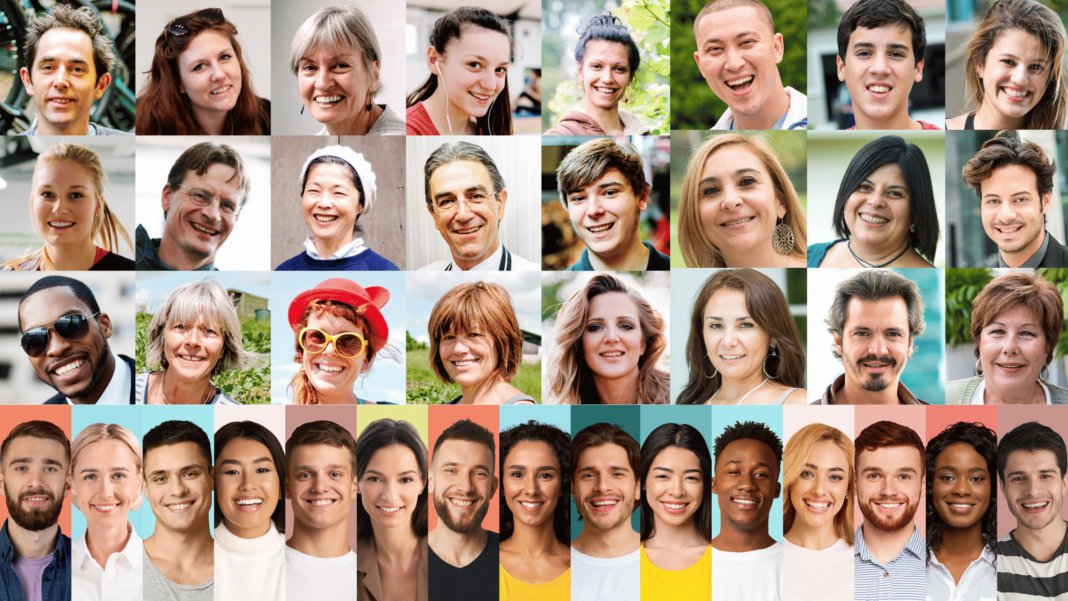Physiognomy is the area of knowledge about the relationship between a person’s appearance and his character, health and lifestyle. Reading by faces is a necessary skill in the professional activities of creative professions, psychologists, politicians, salespeople, etc. The ability to read the character and emotions in appearance facilitates interpersonal communication and helps to understand the mood, and motives of the interlocutor and lies.
Facial analysis
By studying physiognomy, you will learn to form an idea of a person even before he begins to speak. And imperceptible to the object of study. Researchers recommend paying attention only to natural (innate) facial features:
• face shape (oval, circle, square, etc.);
• face size;
• symmetry and arrangement of features;
• skin tone (pink, pale, etc.);
• relief;
• wrinkles.
Facial zones and proportions of Physiognomy
The proportions of the face zones give an idea of what a person is guided by in making decisions: reason, feelings or instincts.
It is customary to distinguish three areas of the face (from top to bottom):
• intellectual;
• emotional;
• vital.
According to the study of physiognomy, the vital zone is the lower part of the face that starts from the line of the nostrils. It consists of lips, and chin and gives an idea of the energy of a person.
Intelligent Zone
The forehead, eyes and eyebrows of a person speak of his intelligence. For example, a high forehead is a sign of intelligence, and a low forehead in combination with massive brow ridges indicates a narrow gaze of a person. The direction and depth of wrinkles in this area indicate a tendency to reflection, concentration and the ability to cognize the world.
Eyes are a source of information. What matters is the shape and fit of the eyes, the structure of the upper and lower eyelids, the location of the eyes relative to the bridge of the nose, etc. Each movement of the eyes, squinting, rolling, looking to the right or to the left speaks of the person’s thoughts at that moment.
Emotional Zone
Sensual and spiritual areas are reflected, according to studies of physiognomy, in the middle zone of the face: cheekbones, cheeks, nose, and lips. A person instantly reacts to what is happening by contracting the facial muscles. The nose wrinkles with disgust, and the wings of the nose swell with an overabundance of emotions. The lips either stretch into a smile, purse, or bite.
Dimples on the cheeks indicate that you have an extraordinary personality in front of you.
Vital zone
The lower area of the face is responsible for gratifying instincts. The chin of a strong-willed person is well-defined and pushed forward. A weakly pronounced chin speaks of indulging instincts and desires. In difficult periods of life, a person’s jaw contracts, and the chin becomes heavier.
Reflection of age
A person’s life leaves an imprint on his face. If in youth we can talk about the natural potential of a person, then the wrinkles that appear on the face speak of the true character, always according to studies of physiognomy:
• wrinkles of the mind lie horizontally in the forehead, they signal frequent headaches;
• wisdom forms a horizontal wrinkle above the eyebrows;
• surprise – frequent horizontal wrinkles on the forehead closer to the temples;
• stubbornness – wrinkles on the bridge of the nose and neck;
• horizontal wrinkle across the nasal bridge – loneliness or thyroid problems;
• wrinkles in the corners of the eyes indicate a person’s gaiety, if they resemble the sun’s rays, or scrupulousness, pettiness, if they are more like furrows;
• wrinkled nose tip – conservatism, unwillingness to accept new;
• a deep and well-defined groove above the upper lip indicates good health;
• radial folds around the mouth – shyness, suspiciousness, stomach problems, smoking;
• nasolabial folds are formed in pessimists or as a result of deep disappointment with life;
• vertical wrinkles on the side of the lips – self-doubt;
• indifference paves paths on the cheeks, like traces of tears;
• fear wrinkles the chin.
Reading by faces is a useful skill. However, one should not make unambiguous conclusions about a person only by his facial features.
Bibliography:
1. Volov V.V. The phenomenon of facial expression in psychology. \\ Bulletin of Tomsk State University. 2014. No. 388. S. 211-218.
2. Pogontseva DV The structure of an attractive external appearance: analysis of modern research // Scientific and methodological electronic journal “Concept”. – 2017. – No. 9 (September).









